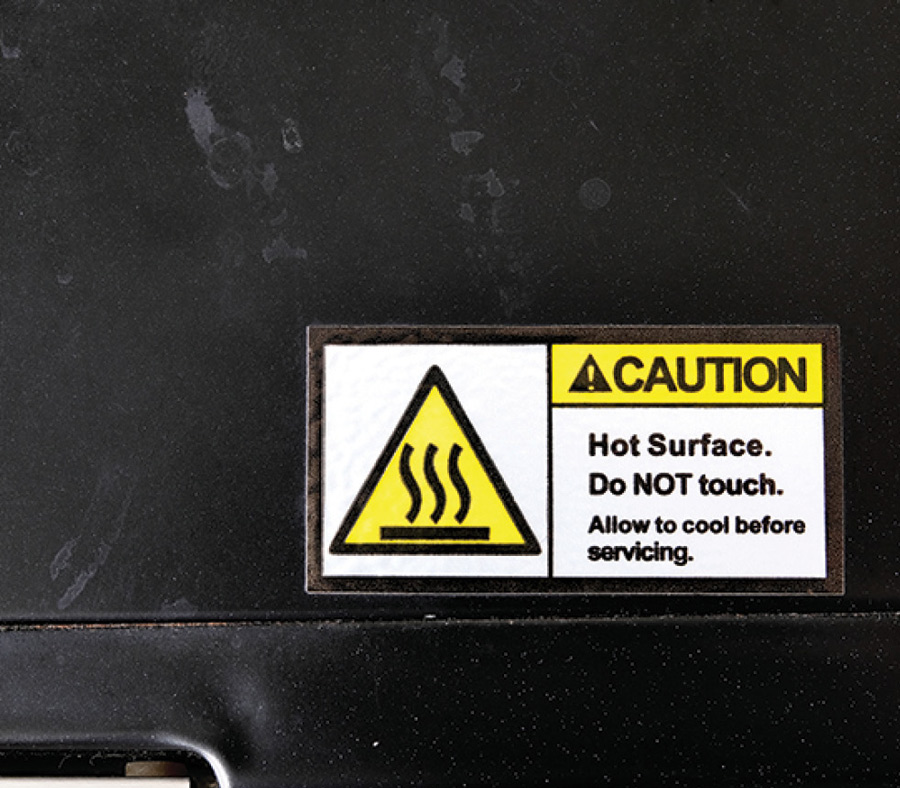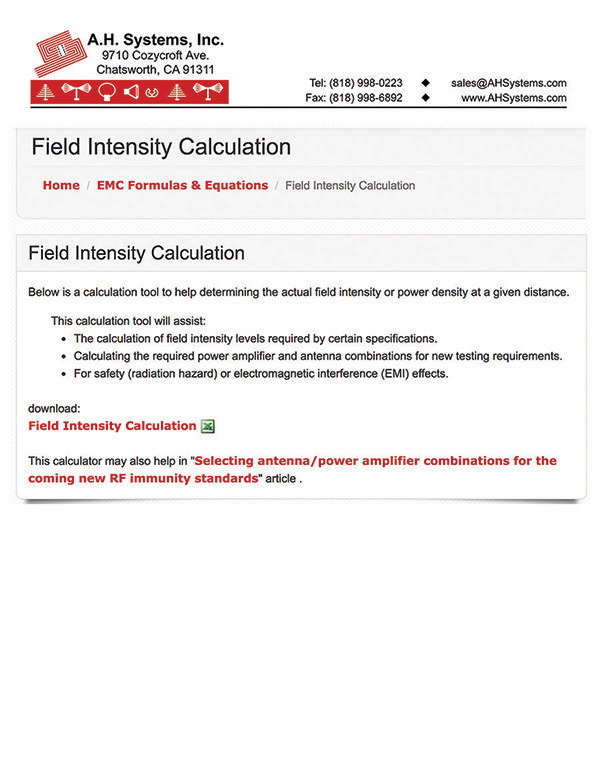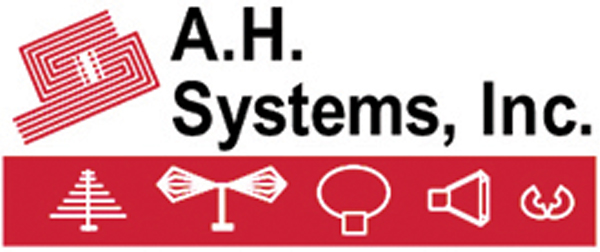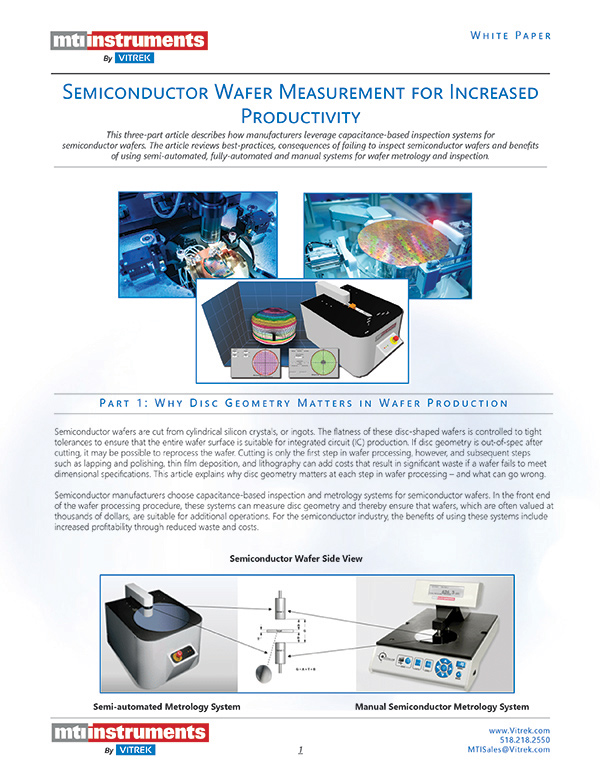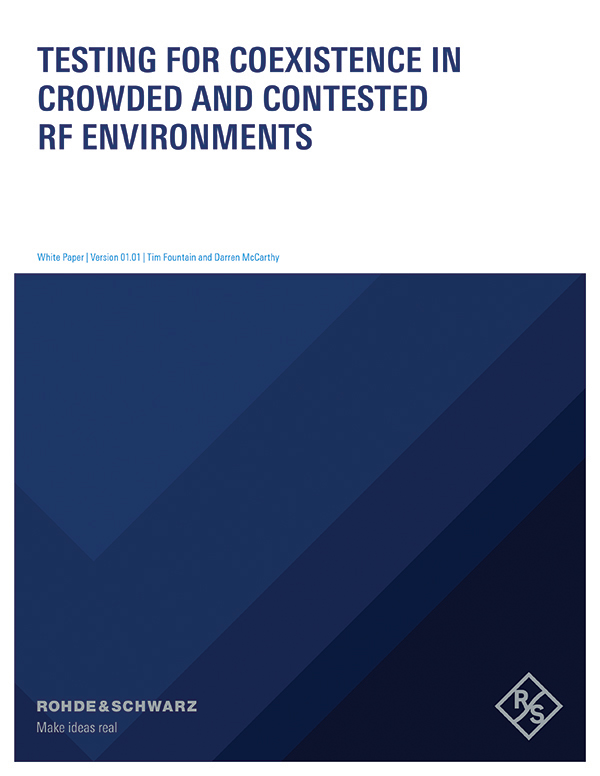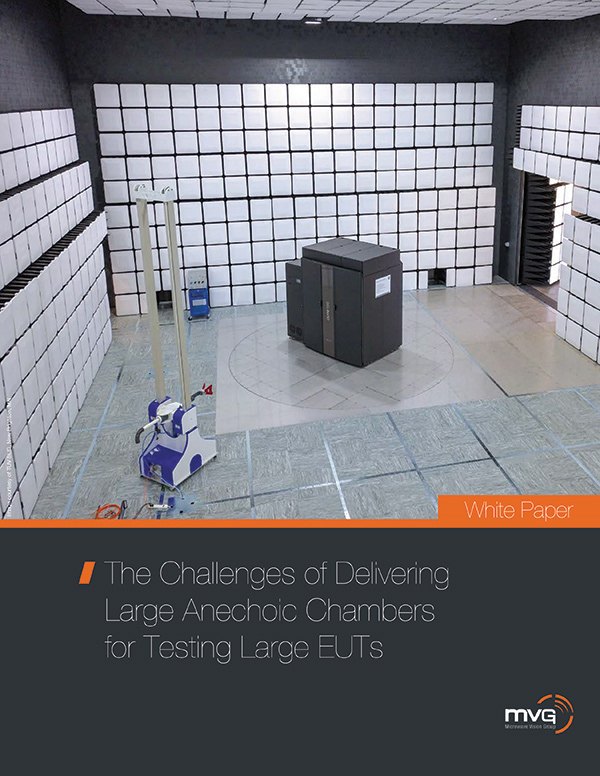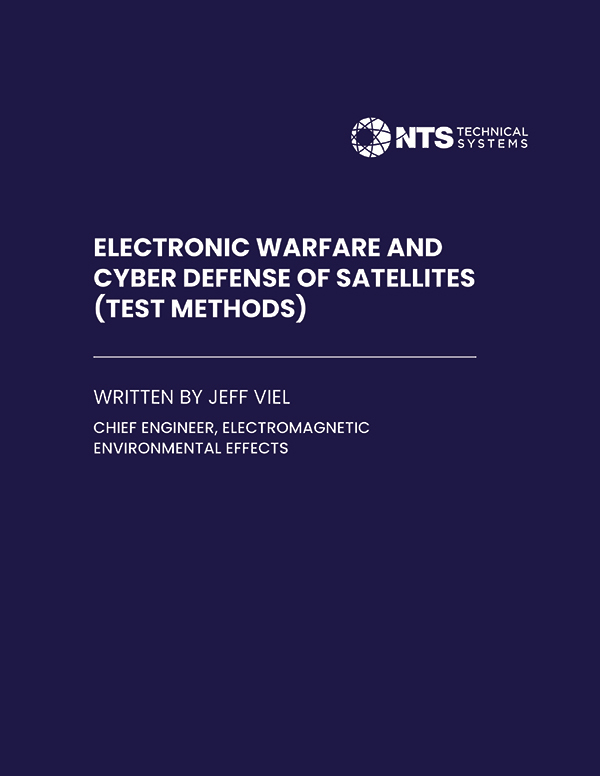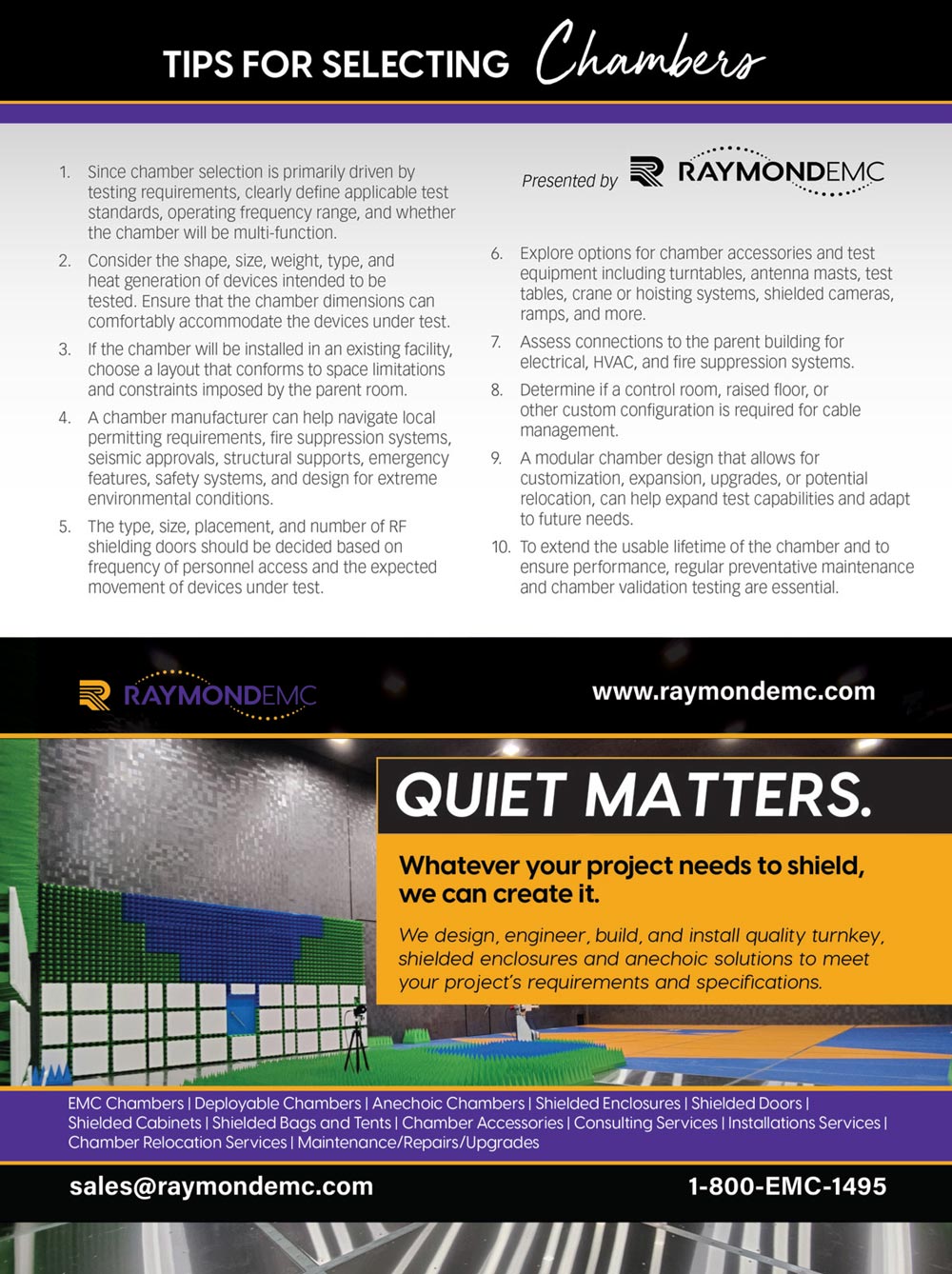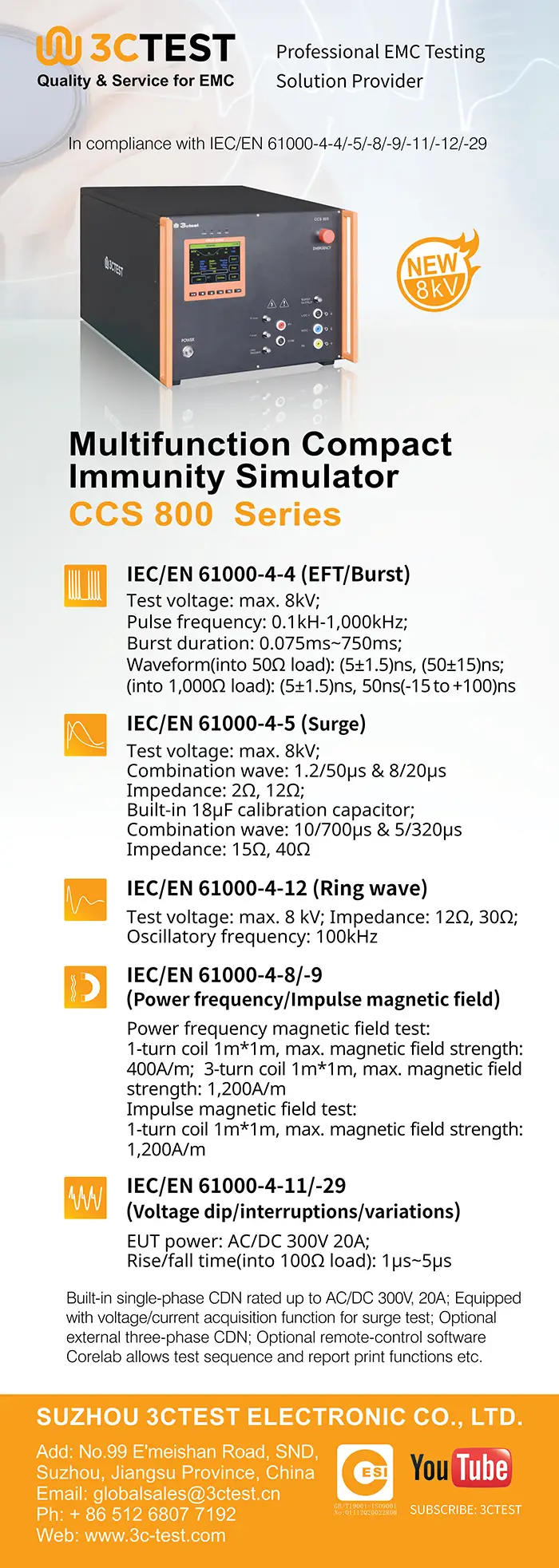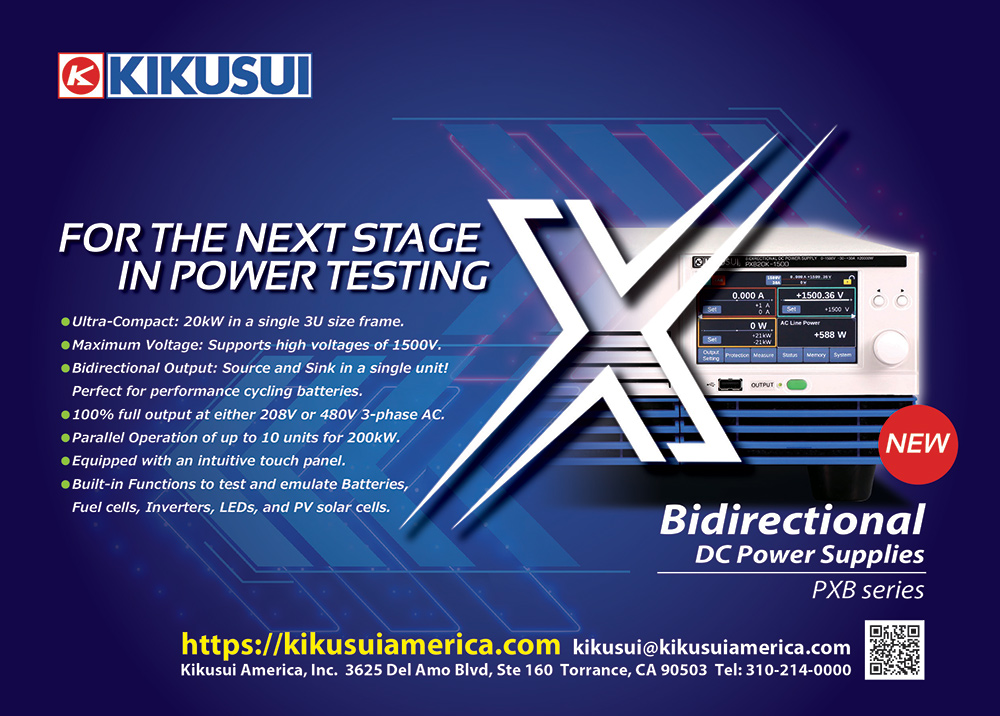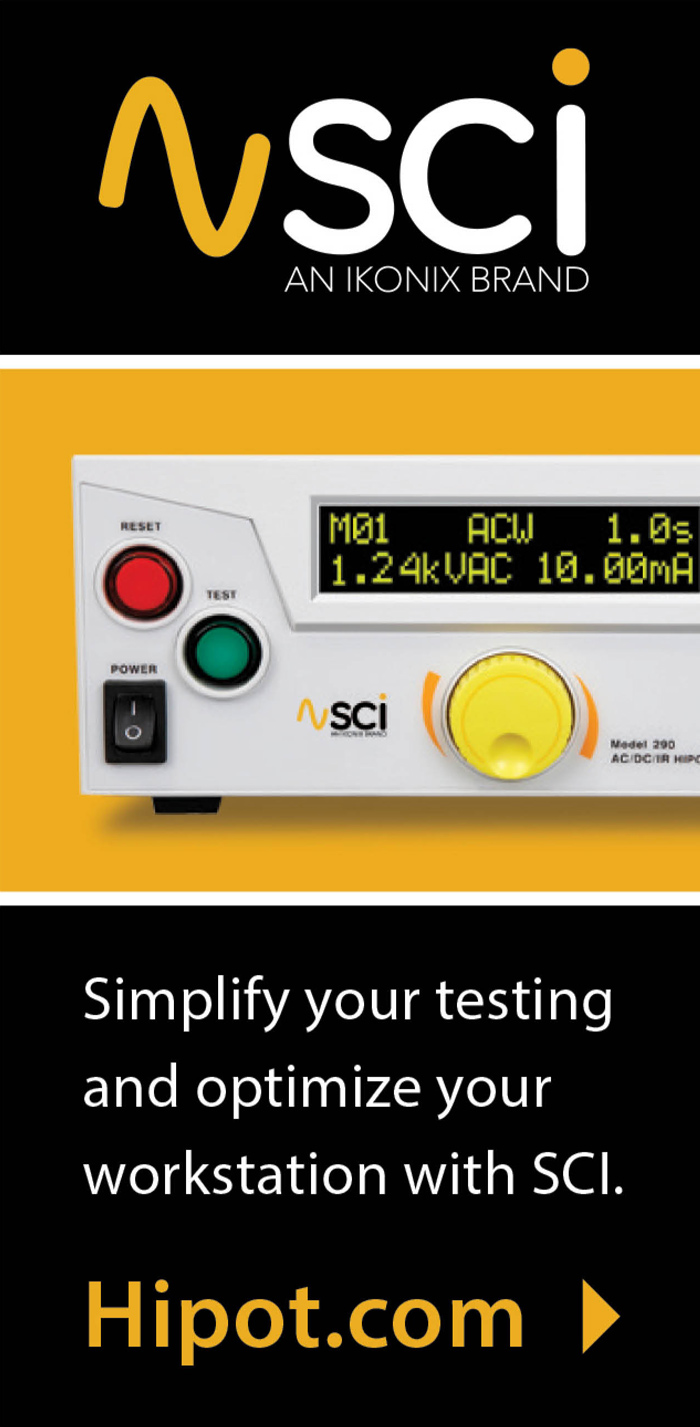
Reduced-Order Modeling of Pennes’ Bioheat Equation for Thermal Dose Analysis
The Duty to Warn: Do Warnings Make a Product Safe?
Reduced-Order Modeling of Pennes’ Bioheat Equation for Thermal Dose Analysis
The Duty to Warn: Do Warnings Make a Product Safe?
for EMC Testing

Also visit us at www.arworld.us.


ISSN 1948-8254 (print)
ISSN 1948-8262 (online)
is published by
Same Page Publishing Inc.
451 King Street, #458
Littleton, MA 01460
tel: (978) 486-4684
fax: (978) 486-4691
©Copyright 2023 Same Page Publishing, Inc. all rights reserved
Contents may not be reproduced in any form without the prior consent of the publisher.
While every attempt is made to provide accurate information, neither the publisher nor the authors accept any liability for errors or omissions.
publisher
bruce@brucearch.com
keith.armstrong@
cherryclough.com
Leo@EisnerSafety.com
dgerke@emiguru.com
ken.javor@emcompliance.com
kenrossesq@gmail.com
wernerschaefer@comcast.net
In a speech before the National Press Club, Rosenworcel laid out her case to reinstate broadband internet services as an essential “telecommunications service” under Title II of the Communications Act. Arguing that the internet is too important to society and the economy not to have effective…
The Final Guidance, “Cybersecurity in Medical Devices: Quality System Considerations and Content of Premarket Submissions,” provides recommendations on cybersecurity device design, labeling, and documentation that the FDA recommends be included in premarket submissions…

n-chip ESD protections are used to achieve the necessary robustness against ESD threats during the manufacturing and handling of the devices. For high-speed SerDes interfaces, interference by the ESD protection measures (e.g., due to added capacitive load on the I/O) can severely deteriorate performance speed. Together with the continuously decreasing ESD design window in the latest (FinFET) technologies, smart co‑design of ESD protection with the SerDes transmitter circuit has become a necessity to accomplish both speed and ESD targets.
In this article, we’ll show how parasitic elements in the driver transistors can be exploited in a co‑design style to effectively meet the ESD targets while minimally impacting speed performance. And we’ll verify the correct implementation of the ESD measures using a programmable electrical rules checking (PERC) tool.

n April 25th, the Council of the European Union (EU) adopted the long-awaited EU General Product Safety Regulation (GPSR). The adoption of the GPSR was the final step of the revision of the outdated EU General Product Safety Directive (Directive 2001/95/EC, or GPSD). The GPSR will enter into application on 13 December, 2024.
The ink has yet to dry, but one thing is certain: selling consumer products in the EU will never be the same. That applies both to manufacturers based in and outside the EU. In this article, I summarize the main highlights of the GPSR.

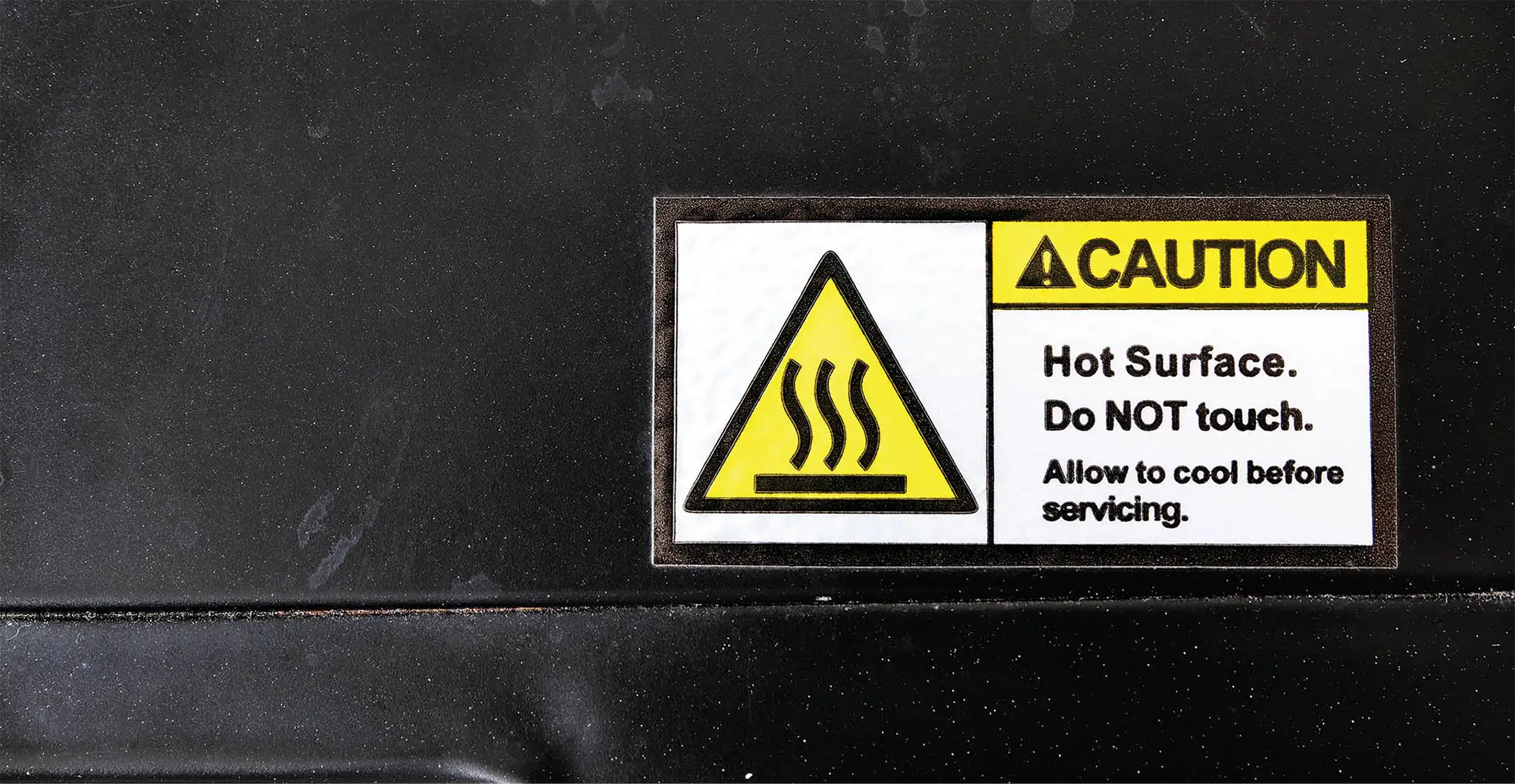
here have been several recent articles challenging the efficacy of warnings on products. One of the articles was published on the CNBC website on July 23, 2023, and is titled: “Warning labels in the U.S. seem to be everywhere. Here’s why they may be pointless.” This article was accompanied by a lengthy video commenting on this subject.1
The main points in the article are that people are desensitized to warning labels because they are everywhere, and warnings are the last solution to a safety hazard after design and guarding. Kip Viscusi, a law professor, said in the article that, “There’s a tendency to say things are risky [and] slap a warning on it, and that tends to dilute the impact of the other warnings that are out there.”
While it is true that some manufacturers add warning labels when they should instead design their product more safely, most manufacturers must make difficult decisions knowing that not everyone reads and follows warnings.
his is the second of a three-article series devoted to the correlation between the insertion loss and input impedance of passive EMC filters. In the first article, [1], LC and CL filters were discussed. This article focuses on π and T filters. Analysis, simulation, and measurement results show that the frequencies at which the insertion losses of these filters are equal are the same frequencies at which the input impedances are equal. These frequencies define the regions where one filter configuration outperforms the other (with respect to the insertion loss). To determine these regions analytically, we compare the input impedances of the two filters. The next article will focus on cascaded LC and CL configurations.
 IN , to the π filter is calculated from the circuit shown in Figure 1.
IN , to the π filter is calculated from the circuit shown in Figure 1.Merely “increasing” ESD protection won’t solve all of these problems going forward and may even make some worse. In this 3-part series, we will introduce the growing challenges of soft-upsets and latent ESD damage and outline the benefits of embedded ESD detection as a solution to this problem.
Chip-level ESD designers have been in an arms race to achieve lower clamping voltages and higher clamping currents to prevent factory returns and failure analysis costs for the chip vendor.
s the shift towards electrification gains momentum, an increasing number of companies are venturing into the development of products and systems used in electric vehicles or compact electric aerial vehicles like unmanned drones. These products, often referred to as electric control units (ECUs) in the automotive industry, typically operate on a DC supply voltage of less than 60 V (12V, 24V, and 48 V). Unless you’re dealing with high-power conversion, the current draw is usually below 10 A. This makes it quite feasible to establish an affordable benchtop conducted emission setup during the product’s research and development phase.
The advantage of having a pre-compliance conducted emission test setup lies in its ability to enable design engineers to identify potential design issues early on, thereby averting costly last-minute modifications. Conducted emission tests can provide reasonably accurate results and also serve as a reliable indicator of radiated emissions, as some of these emissions propagate through cable wiring.
View Index
Distinguished Lecturer Series: Reverberation Chambers Featuring Garth D’Abreu
Fundamentals of Random Vibration and Shock Testing Training
Distinguished Lecturer Series: Unintentional Antennas Featuring Karen Burnham
Exodus
the Rest
industry firsts
with our frequency
& power capabilities

1.0-18.0GHz, 100W, 200W, 300W, 500W…
1.0-40.0GHz, as well and for the 18.0-40.0GHz range 40W, 100W, 200W
can do this anywhere!!!
702-534-6564 • www.exoduscomm.com • sales@exoduscomm.com










